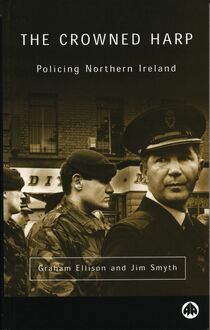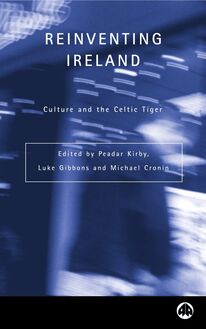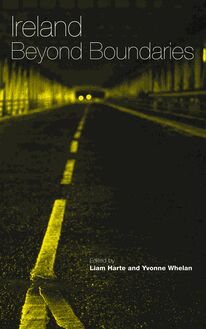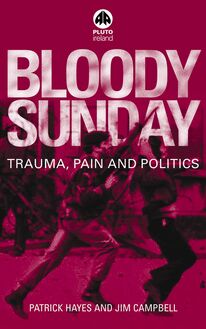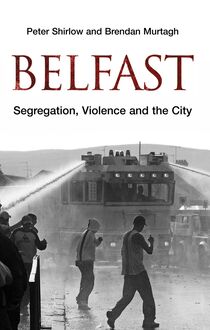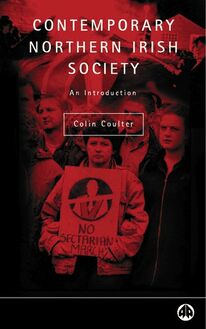Reinventing Ireland , livre ebook
236
pages
English
Ebooks
2002
Obtenez un accès à la bibliothèque pour le consulter en ligne En savoir plus
Découvre YouScribe en t'inscrivant gratuitement
Découvre YouScribe en t'inscrivant gratuitement
236
pages
English
Ebooks
2002
Obtenez un accès à la bibliothèque pour le consulter en ligne En savoir plus
Publié par
Date de parution
20 avril 2002
Nombre de lectures
3
EAN13
9781849641272
Langue
English
Poids de l'ouvrage
1 Mo
The authors identify the ways in which culture and society have been made subservient to the needs of the market in this new neoliberal Ireland. They draw on subversive strands in Irish history and offer a broader and more robust understanding of culture as a site of resistance to the dominant social order and as a political means to fashion an alternative future.
Contributors
1. The Reinvention of Ireland: A Critical Perspective by Peadar Kirby, Luke Gibbons and Michael Cronin
Section I: Economy and Society
2. Contested Pedigrees of the Celtic Tiger by Peadar Kirby
3. Culture and State in Ireland’s New Economy by Michel Peillon
4. Speed Limits: Ireland, Globalisation and the War against Time by Michael Cronin
Section II: Public Spaces
5. Citizenship and Education: A Crisis of the Republic? by Joseph Dunne
6. The Global Cure? History, Therapy and the Celtic Tiger by Luke Gibbons
Section III: Historical Legacies
7. Colonialism and the Celtic Tiger: Legacies of History and the Quest for Vision by Geraldine Moane
8: Religion and the Celtic Tiger: The Cultural Legacies of Anti-Catholicism in Ireland by Lionel Pilkington
Section IV: Media
9. The Celtic Tiger’s Media Pundits by Barra Ó Séaghdha
10. Broadcasting and the Celtic Tiger: From Promise to Practice by Roddy Flynn
11. Screening the Green: Cinema under the Celtic Tiger by Debbie Ging
12. Conclusions and Transformations by Peadar Kirby, Luke Gibbons and Michael Cronin
Bibliography
Index
Publié par
Date de parution
20 avril 2002
Nombre de lectures
3
EAN13
9781849641272
Langue
English
Poids de l'ouvrage
1 Mo
